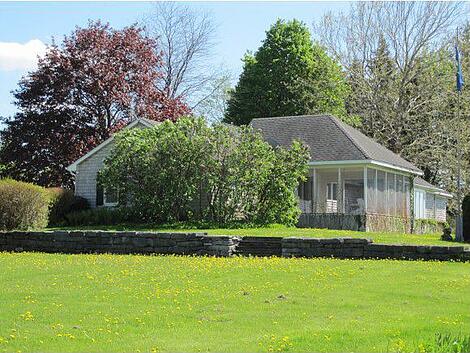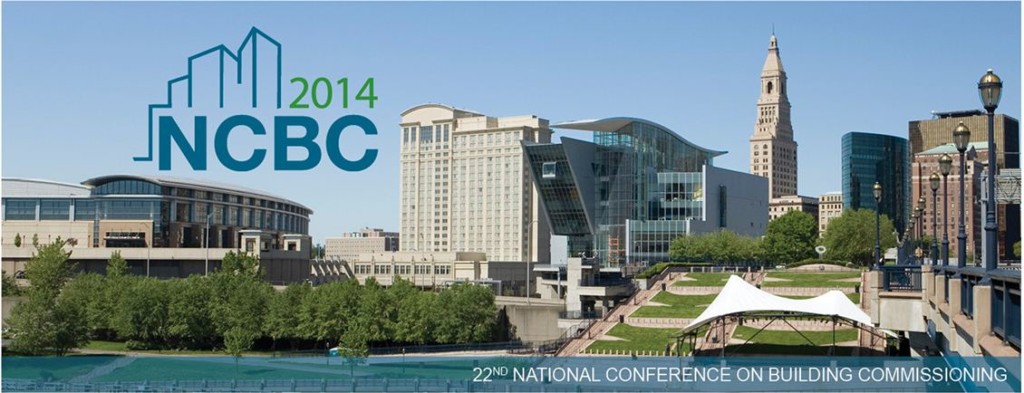I’ve been blogging on and off about the challenges I’ve been facing as I seek to build a high performance home. At this point we are looking at cutting back on energy performance, or giving up all together and buying a run-of-the-mill performance house.
The market and energy efficiency
If people like me, who have liquidity and are dedicated to energy efficiency as a means of saving the planet, cannot achieve the dream of a high performance home, our energy efficiency programs have a long way to go in advancing the market. There is a new movement in energy efficiency, being led by New York State, to move the programs to financing-based, market-driven enterprises. While I fully support market driven programs, the reason we have energy efficiency programs is THE MARKET DOES NOT VALUE ENERGY EFFICIENCY.
While I agree that the programs are not doing enough to change the market, I think moving to a purely market driven model is dangerous. Many states have been running energy efficiency programs for decades. For the most part, the cream has been skimmed and the savings we are now pursuing are harder and lest cost effective to obtain.
Financing and energy efficiency
In a recent conversation about a market characterization study for NYSERDA’s C&I New Construction Program, I inquired about whether financing barriers had been investigated in the study. The response was “I don’t think people get financing for the energy measures in a new building.” Of course that’s true, and it misses the point. The point I was making is that if a comparable building with lower levels of energy efficiency costs $225/sq ft to build, will lenders finance the $275/sf cost to construct a higher performance building?
When my new, high performance house was appraised, the appraiser did put a value on the energy efficiency - $20,000 which equates to $7/sq ft. Building the high performance house costs an additional $25-50/sq ft. So, unless people have oodles of cash, building high performance isn’t feasible. Ultimately lenders and appraisers won’t value efficiency until buyers value it. I can’t blame the lender for not wanting to be underwater on a new house because it costs more than the market has shown a willingness to pay for comparable homes. Transferring efficiency programs to a market based financing model could bring new blood and marketing to the game, increasing market awareness and demand. Or it could lead to the types of green washing to which several large corporations have succumbed.
Other benefits of efficiency
Saving money and reducing greenhouse gas emissions are the most tangible direct impacts of energy efficiency. But energy efficient buildings are far more comfortable to occupy than their less efficient counterparts. Energy efficient buildings are also more resilient. A high performance home, such as the one I planned to build, can ride through a power outage during a Vermont winter without dropping below 50 degrees F internally. As we move into a time of increasingly dramatic weather events, the ability to remain comfortably in one’s home when others might have to go to a shelter is a tremendous advantage. These benefits are simply not as easy to understand and quantify as are amenities like granite counter tops, stunning views and cherry floors.
Faced with an uncertain rebuild project as we seek new pricing and potentially reduce the efficiency levels of our planned home, we become increasingly inclined to go with the flow, buy a house that’s in better shape and has more amenities than our current home. More than a year after we began this project we have no idea when or if we will begin construction and are becoming worn down by the process. How many of you would choose continued uncertainty over a new home that meets many of our needs, but is less efficient?





